

In today’s competitive landscape, effectively disseminating brand messages is essential for companies aspiring to succeed. With the increasing difficulty of reaching customers amid strong market competition, innovative branding strategies are a necessity to shape perceptions in consumers’ minds. In this context, the concept of brand storytelling emerges as a compelling approach, offering valuable resources to craft more effective and resonant brand messages. This storytelling technique is applicable across all communication channels, be it online or offline, physical or virtual. Explore the transformative power of storytelling in building strong and memorable brand narratives for sustained success.
In particular, China is home to a profusion of national and international brands trying to carve their place in the promising marketplace, each of them bringing their heritage and displaying diverse messages. Thus, establishing a clear brand identity in Chinese consumer’s minds is a real challenge for marketers. Storytelling is a powerful tool as some types of storytelling are prone to stimulate emotions. As Disney once said, emotions are the most precious currencies of brands. Indeed, when the consumer is emotionally engaged, it creates a stronger permeability for the brand message to reach their memory and build perceptions: it enables brands to create an impact that traditional and linear advertising which focuses on functionality alone cannot achieve. A well-crafted story will be decisive to cut through the clutter in China. A brand should not take chances with its stories by treating it only as a creative exercise: it is a strategic undertaking with rules and principles that can and should be mastered.
In this article, we will introduce examples of storytelling to illustrate both the universality and necessity of storytelling management in the current Chinese market.
Storytelling through Design and Metaphor
No matter the communication channels (websites, online and offline advertising, social media, printed press, events, radio, etc.), it is always through a form of storytelling that a brand communicates and builds perceptions. The “story” has to appeal to the wants, needs and desires of the targeted audience. Nevertheless, we cannot reduce storytelling in marketing to traditional narrative methods. In order to spread their message in the most effective way, a variety of touch points and tools are available to the brand that can allow them to establish solid brand relevance among consumers. Indeed, stories occur also in product designs and packaging, as well as product features, as we can see in the example of Laoshan (崂山矿泉水) and Evian mineral waters.
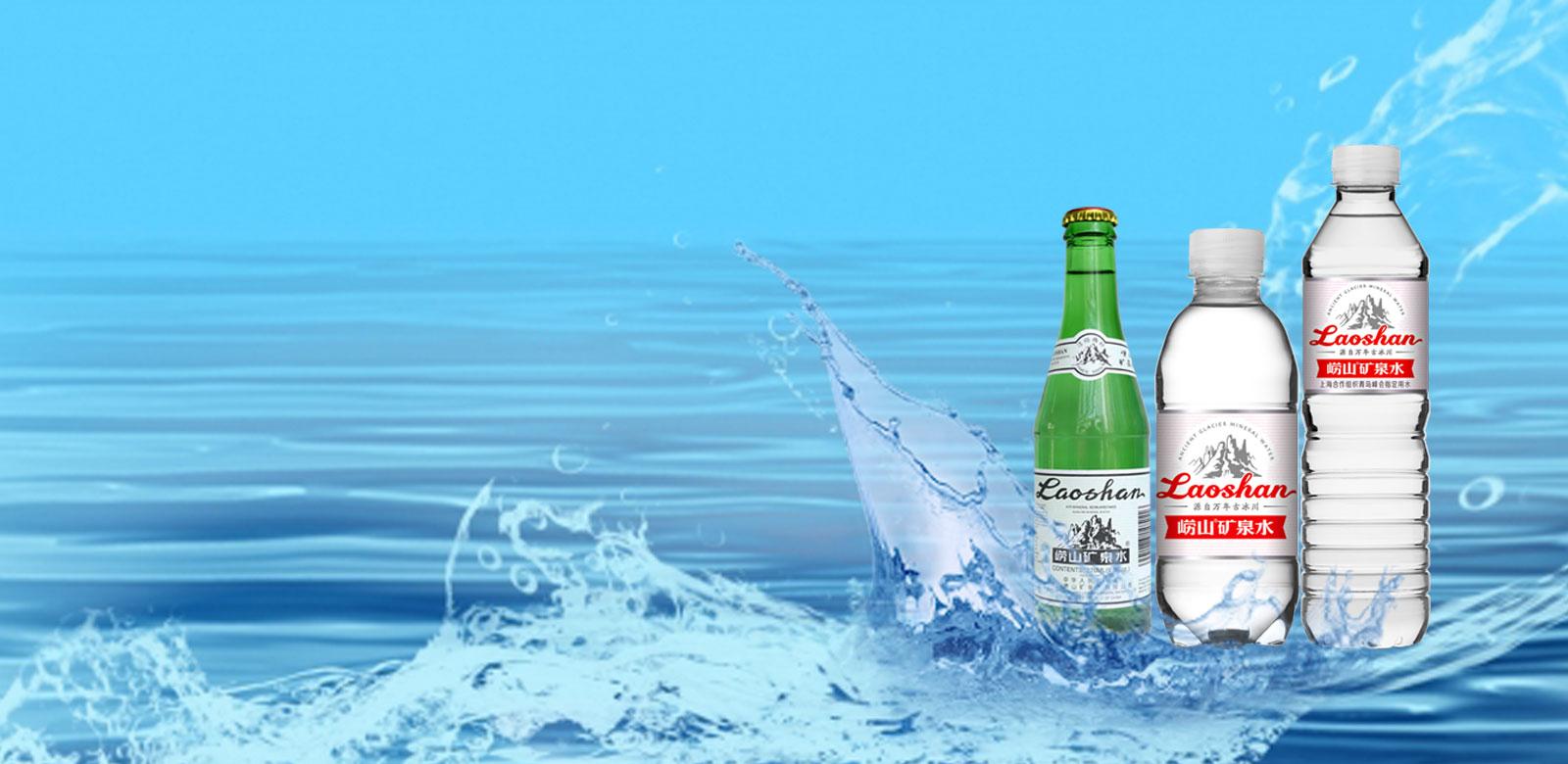
Laoshan water uses an old-fashioned label by the choice of fonts, colors, and sharp color contrasts (instead of colour gradients) on conservatively shaped glass or plastic bottles to position the brand in the historical dimension. On the other hand, Evian has different lines of bottles with smooth and round shapes with their label always in pink and blue, colors associated with babies and water which calls to mind the purity and refreshing properties that are consistent with the “fountain of youth” or “Live Young” messages, consistent with messages expressed through other means in Evian commercials.
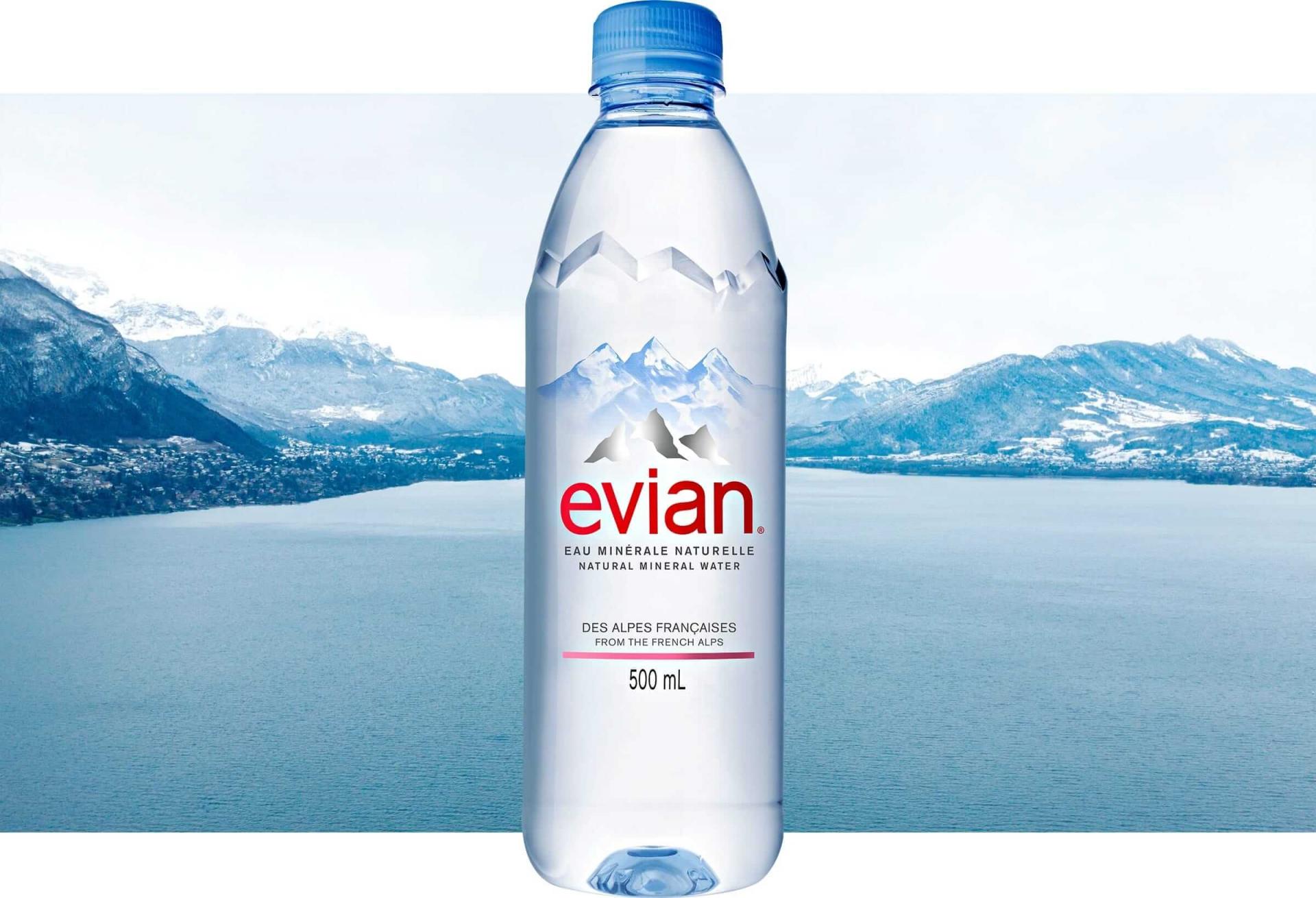
Through these design characteristics, products themselves tell a story which elicits a consumer response, potentially influencing the purchase decision and brand loyalty. Telling its “story” through packaging and design language empowers branding activities.
Another promising storytelling example is the metaphor of smoothness used by Dove in its commercials and packaging. The metaphor used is silk which provides a vivid image of the product texture that appeals to consumer senses.
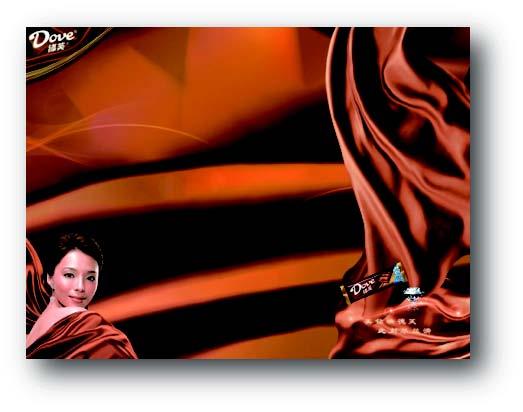
Brand Storytelling in China
In China, the home of a multitude of brands, having storytelling in the branding “tool kit” is a necessity to anchor the brand’s esteem and knowledge. Brand perceptions in China are often low, especially for foreign brands as their codes are at times unfamiliar to Chinese consumers. Unfortunately, some brands have undifferentiated brand images, for example BMW and Mercedes-Benz in the luxury automotive category. Whether for Chinese or foreign companies, promulgating brand messages with storytelling can lead to a competitive advantage. Chinese consumers’ capacity to perceive and discriminate brand codes is still in a maturation stage, so greater care should be used when choosing the type of storytelling used across the touch-points to ensure it is appropriate and understandable.
Storytelling: How, When, and Where?
Stimulating the consumer’s response requires the use of different processes and methods. In general, it can be said there are three main ways to transmit stories to the consumers. First through “Fiction” with structured and narrative methods, through “Emotion” with the use of index (incorporation of visual, sound, olfactory, gustatory, and tactile signs) observations and metaphoric methods, and then through “Aesthetic”, by calling on symbols, icons, myths and forms. All these storytelling processes contain elements that aren’t just functional indicators but are touching the consumers by triggering memories or other cultural resources.
Absolut Vodka’s recent form-oriented “Absolut Blank” campaign empowered consumers to design the Absolut bottles. Here, the brand engaged the customer in the campaign and thus became closer to its audience.
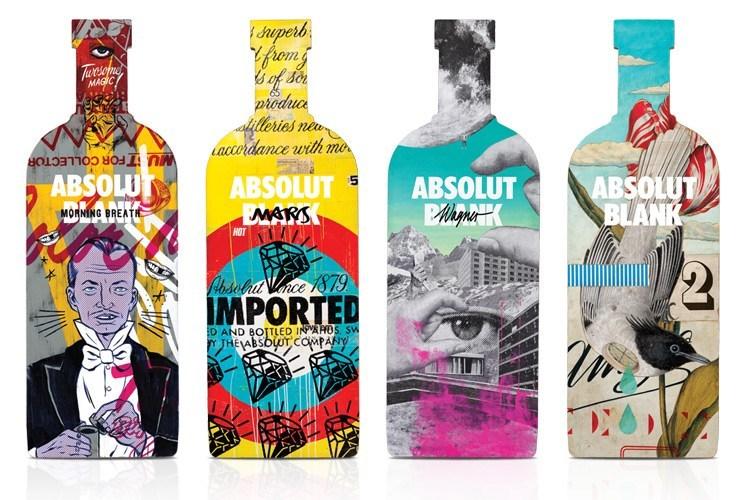
In China, aspiration toward career success, myths, icons and symbols can create extra value for brands, as well as turning to emerging subcultures or telling Vintage, traditional or “revolution “oriented stories. Recently, the Chinese army’s red star, a vintage symbol of communism has been featured on tons of bags, clothes and accessories. Contextualizing the brand stories in the consumer’s emotional capital brings deeper brand recognition. The China market with its cultural background provides great resources that can be called upon by brands for storytelling.
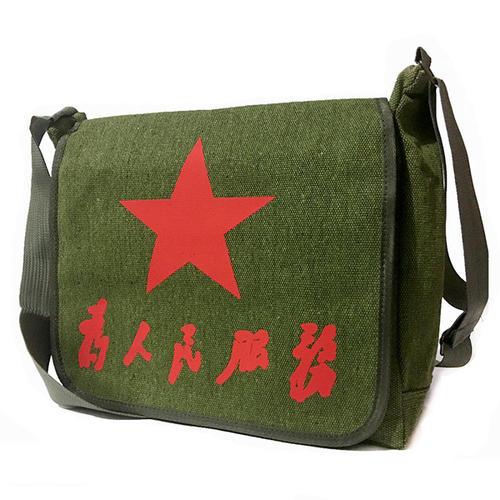
Furthermore, China has a large number of platforms that can be used for storytelling. In particular, the emergence of digital media and the youth generation brings new possibilities and cultural codes for brands, permitting them to potentially establish themselves deeply in consumers’ minds.
Not only offline and printed commercials but also websites and social networks are important mediums of communications for brands. Vancl gained followers through social network Douban in 2010, with a mass campaign featuring young writer Han Han and actress Luodan Wang. The well-structured copywriting told the stories of today’s youngster’s independence and passion for life. People were instantly attracted by the writing style and later on, an online event of everybody “teases” Vancl was initiated on the social network where it was possible for netizens to share their recreations on the style and formed the “Vancl storytelling form”. This web-event generated more than 3000 recreations of the form which were spread throughout the social network. This led to a viral effect which had a great impact on the brand.

To some extent, storytelling and brand building are interconnected. It is highly important to consider the cultural context as well as how the brand resonates emotionally with its target audience, making storytelling a vitaltool for companies. Because there is still a long way to go for brands to own their own cultural space in China, using a well thought out approach to storytelling will be critical for brands that need to spread their message in the most appropriate and powerful way.
A Labbrand Group Company © 2005-2024 Labbrand All rights reserved
沪ICP备17001253号-3* Will be used in accordance with our Privacy Policy
To improve your experience, we use cookies to provide social media features, offer you content that targets your particular interests, and analyse the performance of our advertising campaigns. By clicking on “Accept” you consent to all cookies. You also have the option to click “Reject” to limit the use of certain types of cookies. Please be aware that rejecting cookies may affect your website browsing experience and limit the use of some personalised features.